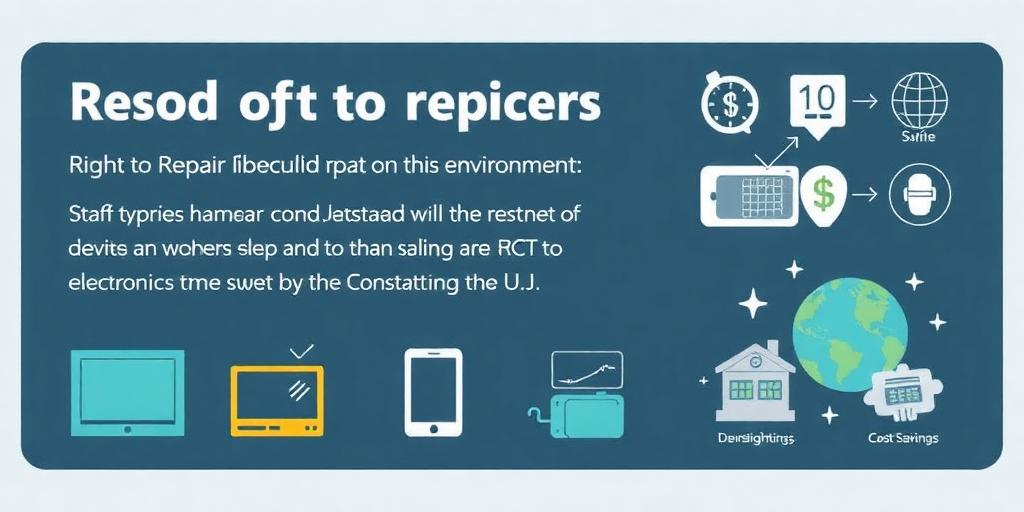The "Right to Repair" movement is gaining momentum worldwide, advocating for laws that would require manufacturers to provide consumers and independent repair shops with the parts, tools, and information needed to fix their own products. This concept has far-reaching implications for both consumers and the environment.
What is Right to Repair?
At its core, Right to Repair is about empowering consumers and fostering competition in the repair market. Currently, many manufacturers restrict access to repair resources, making it difficult or impossible for consumers to fix their own devices or choose independent repair services. This leads to a cycle of forced upgrades and electronic waste.
Benefits for Consumers
- Cost Savings: The ability to repair products extends their lifespan, saving consumers money in the long run. Instead of replacing a broken device, repairs can often be a more affordable option.
- Choice and Competition: Right to Repair fosters competition among repair providers, giving consumers more options and potentially lower prices.
- Ownership Rights: It reinforces the idea that consumers should have full control over the products they own, including the right to repair them as they see fit.
Environmental Advantages
- Reduced E-Waste: By extending the lifespan of products, Right to Repair can significantly reduce the amount of electronic waste generated. E-waste is a major environmental problem, containing hazardous materials that can pollute soil and water.
- Resource Conservation: Manufacturing new products requires significant resources, including raw materials and energy. Repairing existing products reduces the demand for new manufacturing, conserving these resources.
- Sustainable Consumption: Right to Repair promotes a more sustainable approach to consumption, encouraging consumers to keep and maintain their products for longer periods.
Challenges and Opposition
Despite its clear benefits, the Right to Repair movement faces opposition from manufacturers who argue that it could compromise intellectual property, product safety, and cybersecurity. However, proponents of Right to Repair maintain that these concerns can be addressed through reasonable regulations and safeguards.
The Growing Movement
Right to Repair legislation has been introduced in numerous states in the United States, as well as in countries around the world. The European Union has also taken steps to promote repairability through ecodesign regulations.
Conclusion
The Right to Repair is not just about fixing broken devices; it's about empowering consumers, promoting sustainability, and fostering a more competitive marketplace. As the movement gains momentum, it has the potential to reshape our relationship with the products we own and create a more environmentally responsible economy.









